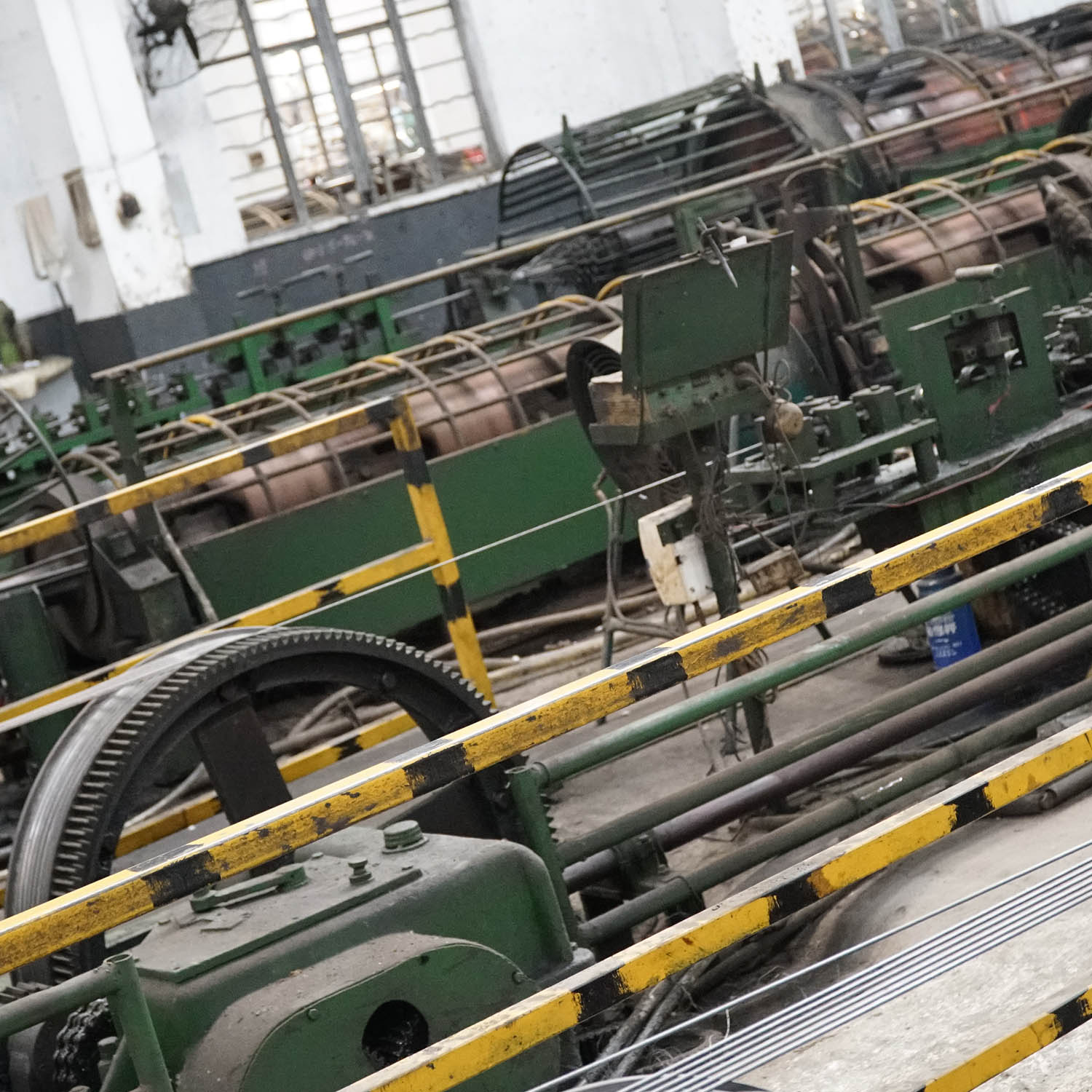Table of Contents
فهم الفرق بين الأسلاك والكابلات
أحد الفروق الرئيسية بين الأسلاك والكابلات هو تطبيقات كل منهما. تُستخدم الأسلاك عادةً للتوصيلات الكهربائية البسيطة، كما هو الحال في الأسلاك المنزلية أو الأجهزة الإلكترونية الصغيرة. من ناحية أخرى، تُستخدم الكابلات في التطبيقات الأكثر تعقيدًا التي تتطلب تجميع موصلات متعددة معًا. على سبيل المثال، تحتوي كابلات Ethernet على عدة أزواج ملتوية من الأسلاك التي تُستخدم لنقل البيانات بين الأجهزة، بينما تحتوي كابلات الطاقة على موصلات متعددة لنقل الطاقة الكهربائية.
هناك اختلاف مهم آخر بين السلك والكابل وهو بنائها. عادةً ما تكون الأسلاك عبارة عن موصلات فردية غير محاطة بغلاف واقي، بينما تتكون الكابلات من موصلات متعددة مجمعة معًا ومحاطة بغلاف واقي. يوفر هذا الغلاف العزل والحماية ضد العوامل الخارجية، مما يجعل الكابلات أكثر متانة وتنوعًا من الأسلاك الفردية.
من حيث الحجم، تكون الأسلاك بشكل عام أصغر في القطر من الكابلات. وذلك لأن الأسلاك عبارة عن موصلات فردية، بينما تحتوي الكابلات على موصلات متعددة مجمعة معًا. يُشار عادةً إلى حجم السلك أو الكابل من خلال مقياسه، حيث تشير أرقام القياس الأصغر إلى أقطار أكبر. على سبيل المثال، سلك قياس 12 أكبر قطرًا من سلك قياس 16.
عندما يتعلق الأمر بالتركيب، غالبًا ما يكون التعامل مع الكابلات أسهل من التعامل مع الأسلاك الفردية. وذلك لأن الكابلات مجمعة معًا بالفعل ومحاطة بغلاف واقي، مما يسهل توجيهها وتأمينها. من ناحية أخرى، يجب توجيه الأسلاك وتأمينها بشكل فردي، الأمر الذي قد يستغرق وقتًا أطول ويتطلب عمالة مكثفة.
في الختام، على الرغم من أن الأسلاك والكابلات غالبًا ما يتم استخدامها بالتبادل، إلا أنهما مكونان متميزان لهما خصائص وتطبيقات مختلفة. . الأسلاك عبارة عن موصلات فردية تستخدم للتوصيلات الكهربائية البسيطة، بينما تتكون الكابلات من موصلات متعددة مجمعة معًا ومحاطة بغلاف واقي. يعد فهم الفرق بين الأسلاك والكابلات أمرًا ضروريًا لتصميم وتنفيذ أنظمة كهربائية فعالة.

One key distinction between wire and cable is their respective applications. Wires are typically used for simple electrical connections, such as in household wiring or small electronic devices. Cables, on the other hand, are used for more complex applications that require multiple conductors to be bundled together. For example, Ethernet cables contain multiple twisted pairs of wires that are used to transmit data between devices, while Power Cables contain multiple conductors for transmitting electrical power.
Another important difference between wire and cable is their construction. Wires are typically single conductors that are not enclosed in a protective sheath, while cables are composed of multiple conductors that are bundled together and enclosed in a protective sheath. This sheath provides insulation and protection against external factors, making cables more durable and versatile than individual wires.
In terms of size, wires are generally smaller in diameter than cables. This is because wires are single conductors, while cables contain multiple conductors that are bundled together. The size of a wire or cable is typically denoted by its gauge, with smaller gauge numbers indicating larger diameters. For example, a 12-gauge wire is larger in diameter than a 16-gauge wire.
When it comes to installation, cables are often easier to work with than individual wires. This is because cables are already bundled together and enclosed in a protective sheath, making them easier to route and secure. Wires, on the other hand, must be individually routed and secured, which can be more time-consuming and labor-intensive.
In conclusion, while wire and cable are often used interchangeably, they are two distinct components with different characteristics and applications. Wires are single conductors used for simple electrical connections, while cables are composed of multiple conductors bundled together and enclosed in a protective sheath. Understanding the difference between wire and cable is essential for designing and implementing effective electrical systems.
